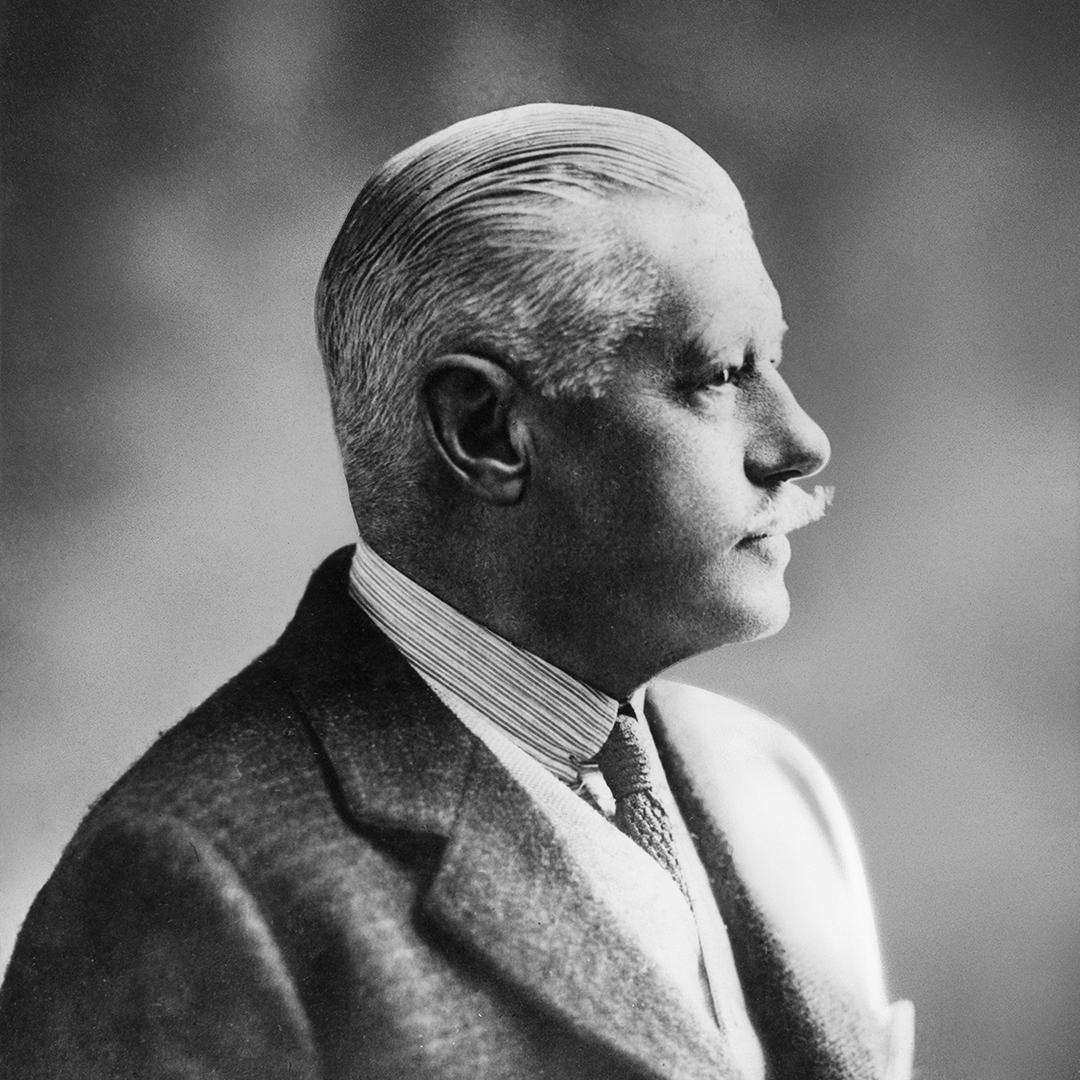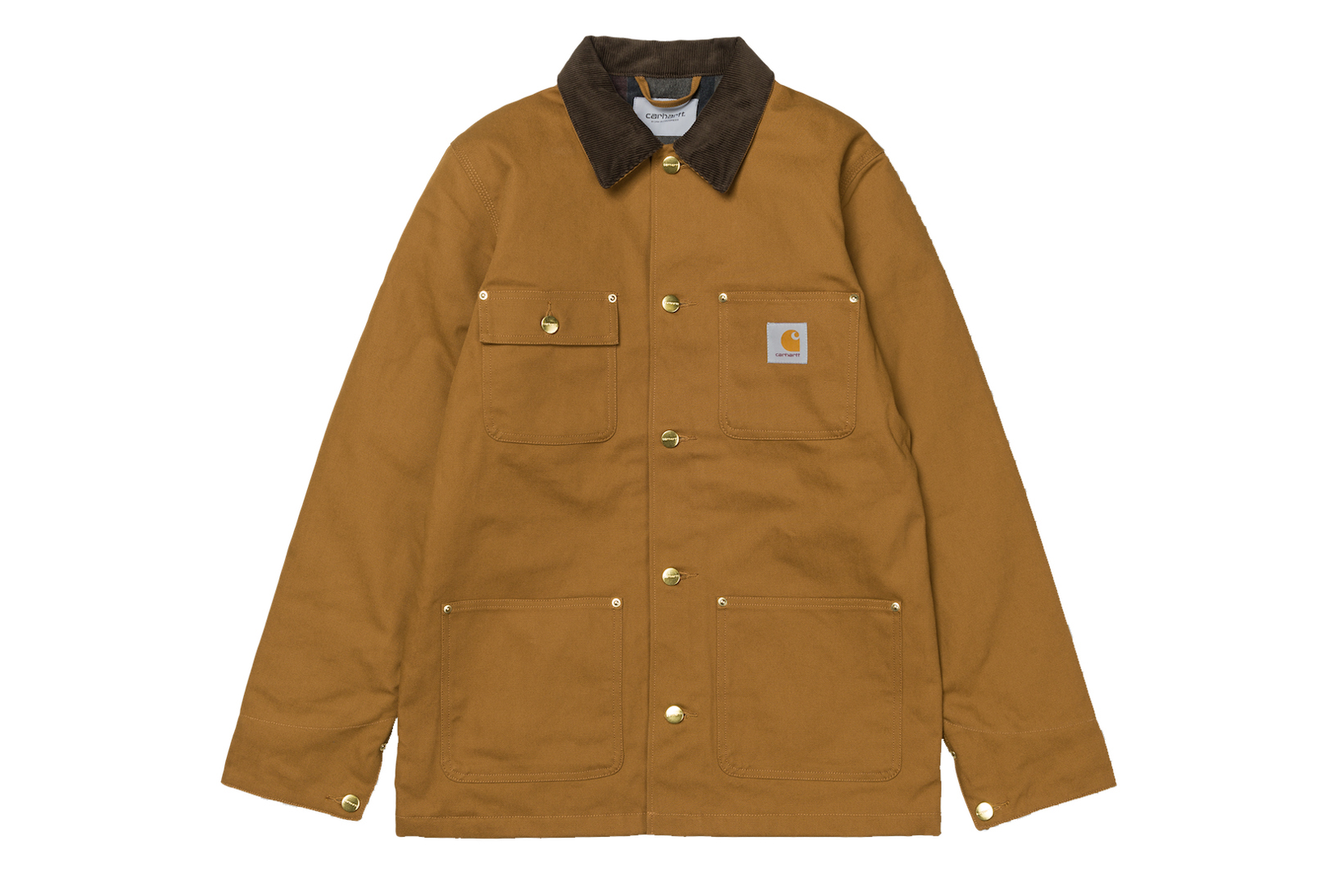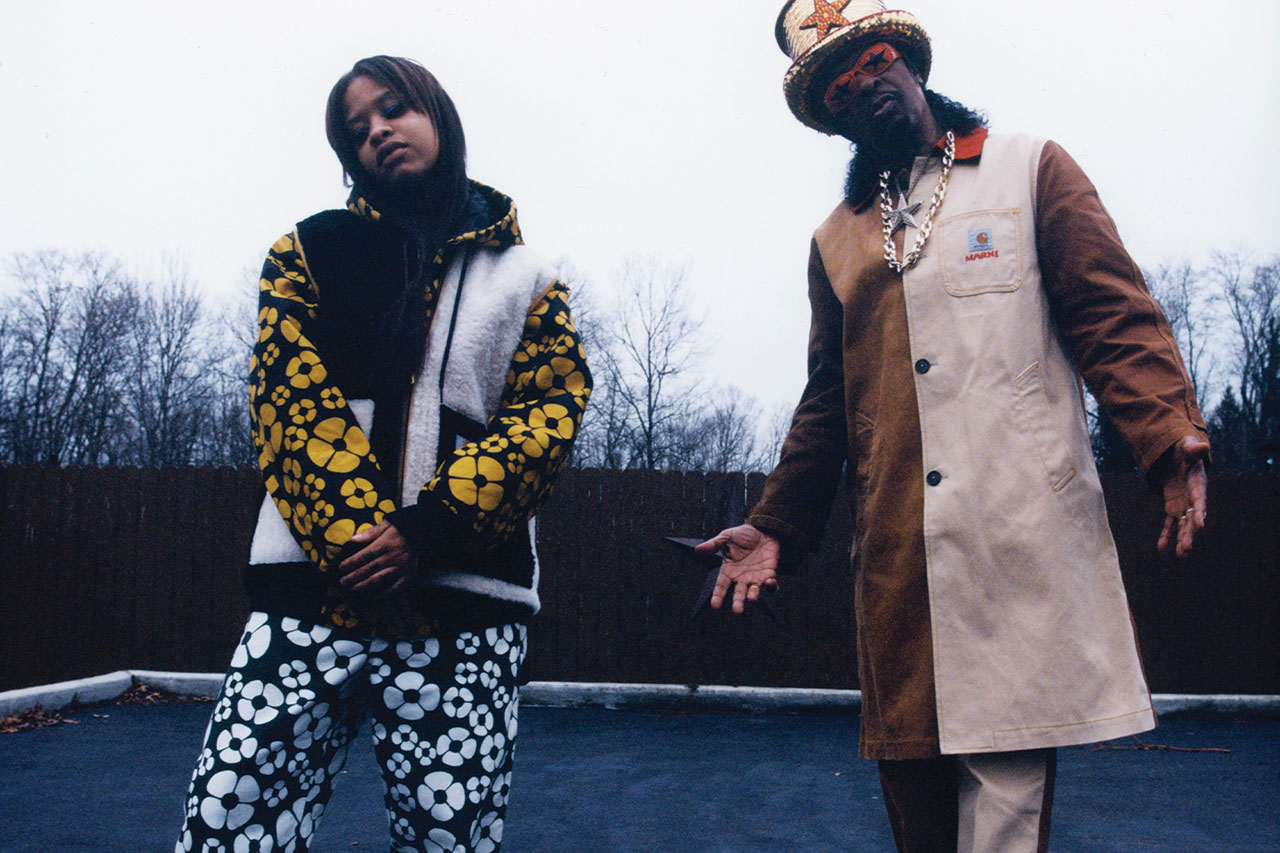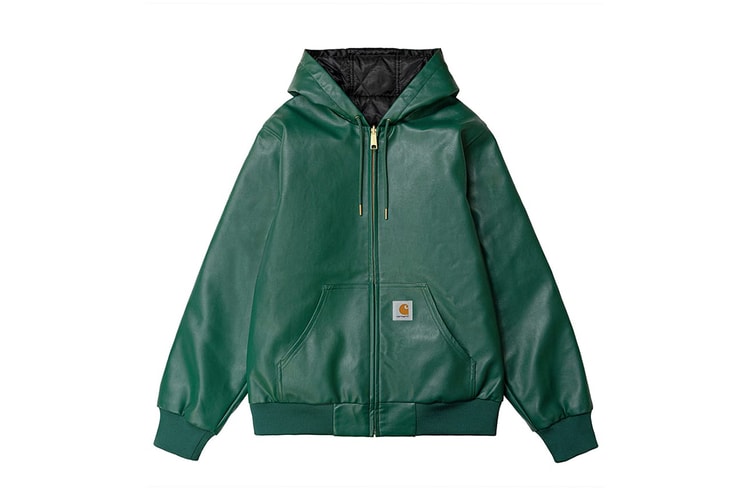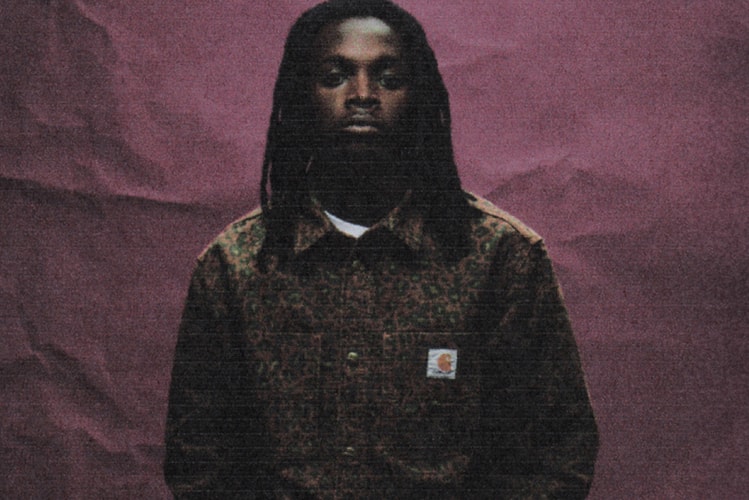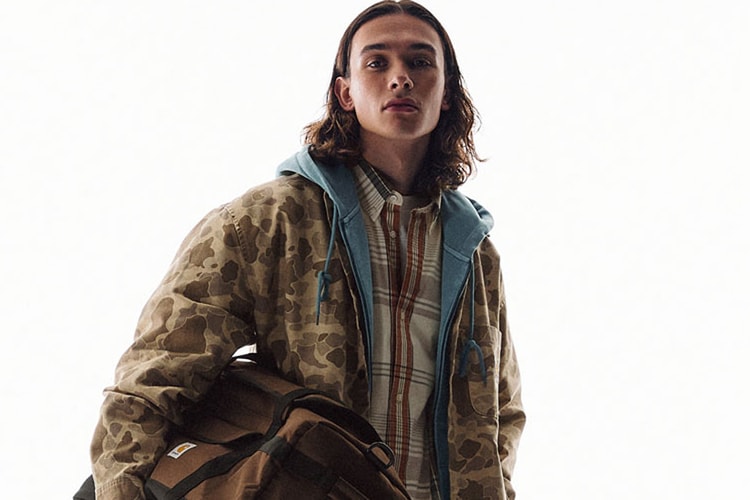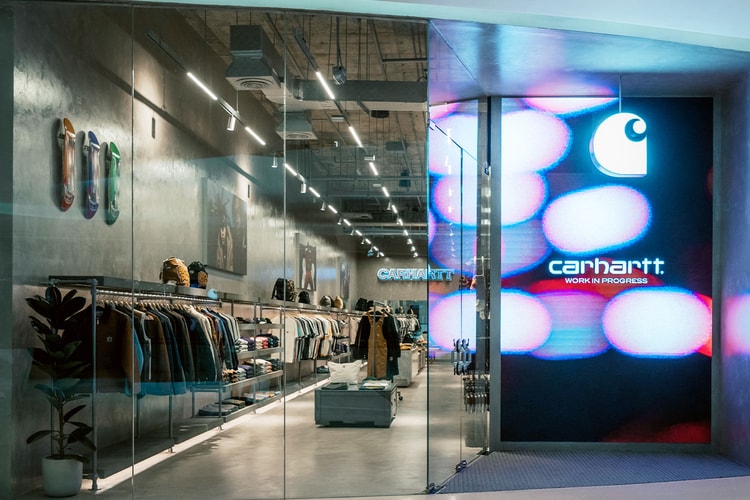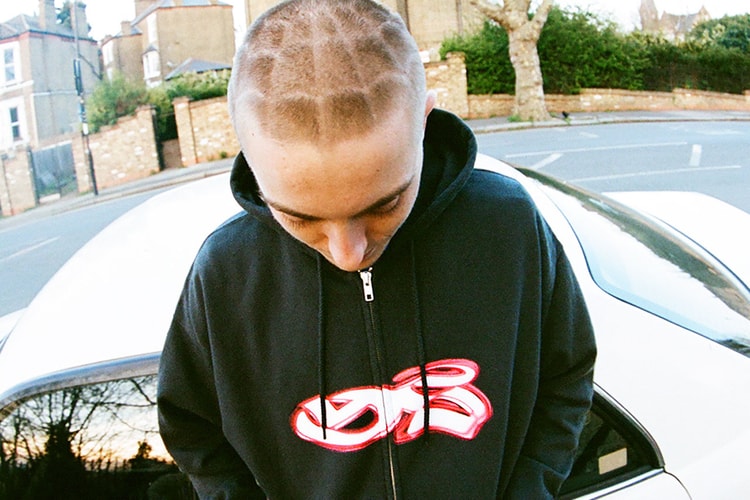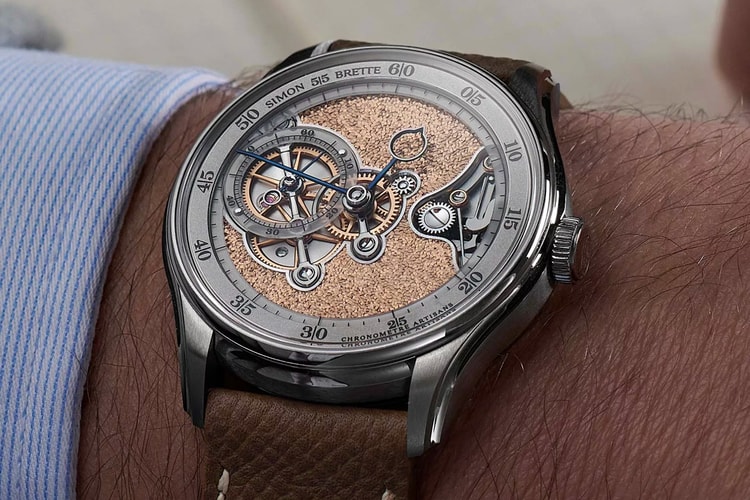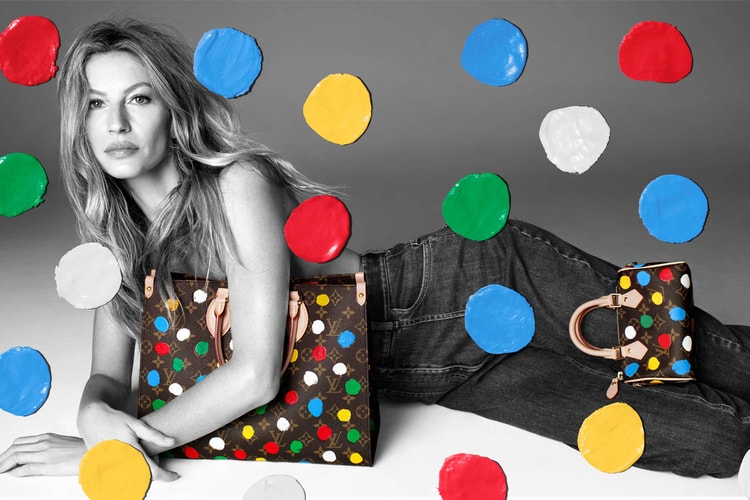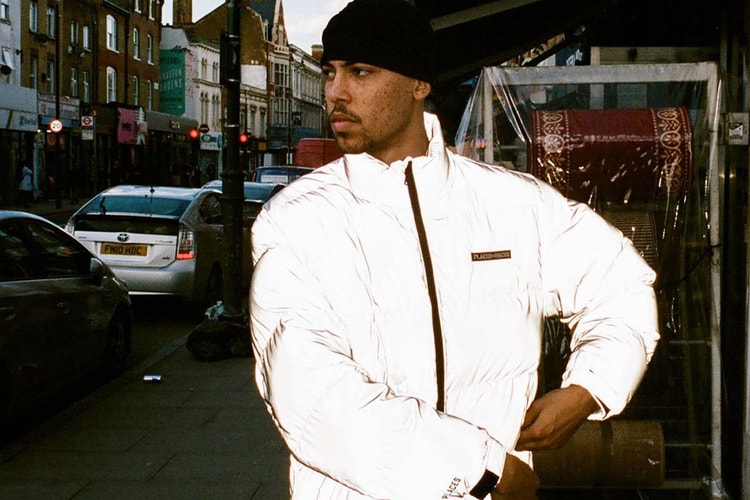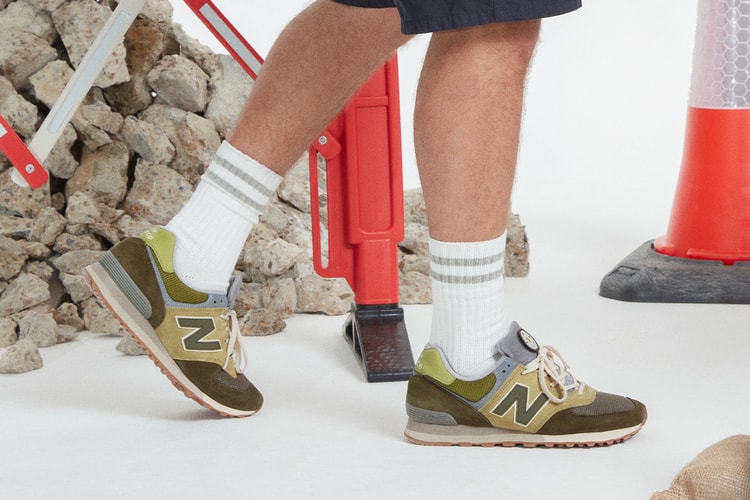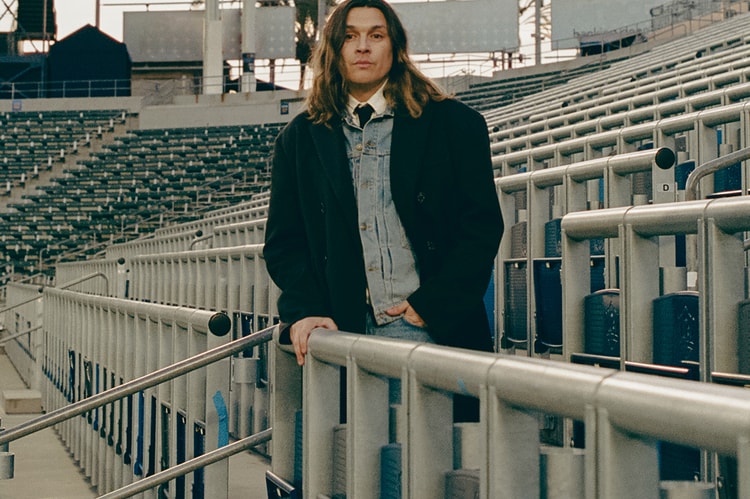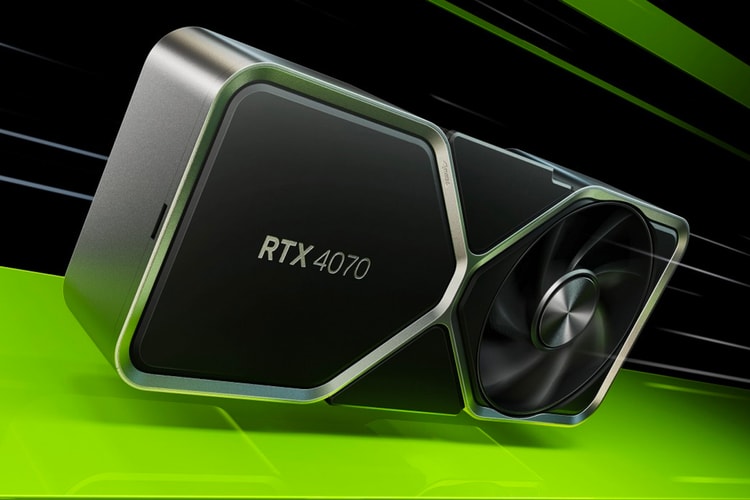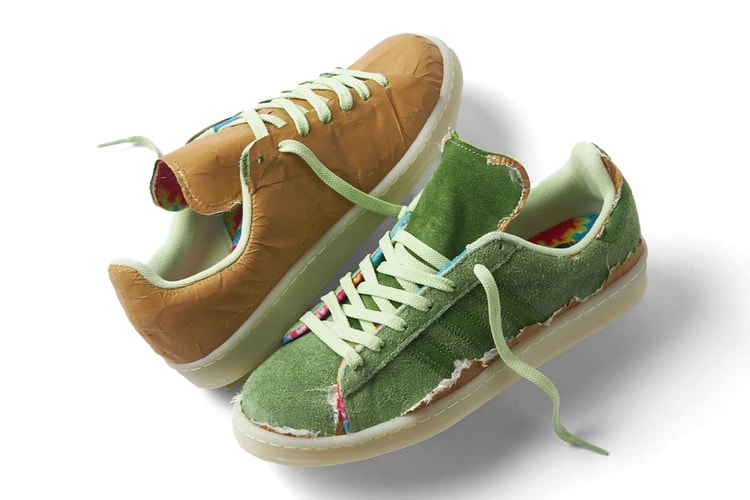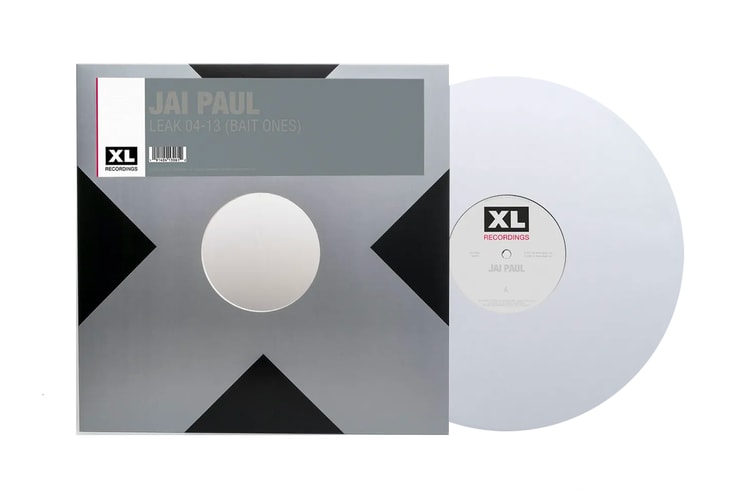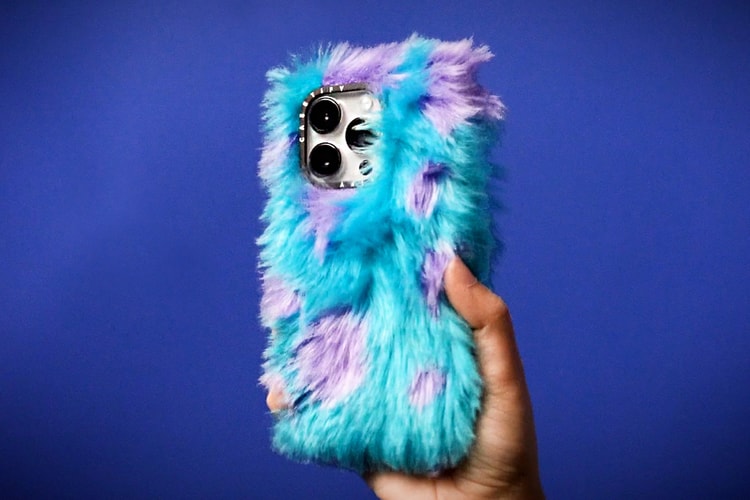5 Things You Might Not Know About Carhartt
From its WWI roots to its influence on the HUMAN MADE logo.

Founded in 1889, the Carhartt brand has grown to be synonymous with quality American workwear, cementing its place in history throughout the years with its reliable, highly-functional, and reasonably-priced products tailored for manual laborers.
Founder Hamilton Carhartt started the company with just four sewing machines and five employees, making overalls in duck canvas and heavy-duty denim under trade union conditions. Through diversifying its offerings with wares for various outdoor activities, niche offerings such as flame-retardant clothing, and in the modern era, fashion-forward pieces through Carhartt WIP, the brand has been able to survive global challenges across the ages including two world wars and the Great Depression. Worn by everyone from U.S. Presidents to hunters and everywhere from the runway to construction sites, the brand continues to redefine itself while taking pride in its heritage.
In operation for well over a century, the brand’s full history is well beyond what can be covered in a single article. However, below we’ve distilled five facts that you may not have known about the brand that may pique your curiosity.
The HUMAN MADE Logo Was Inspired by Carhartt
While less obvious now since it changed its logo to a wave graphic in 1970, all of Carhartt’s earliest logos incorporated visuals of a train car and a heart, providing a literal representation of the brand name which stands for “Car in Heart.” The logos also featured several slogans over the years including “Union Made,” “Master Cloth, “Eight Hour Work Day,” and “From Mill to Millions,” reflecting founder Hamilton Carhartt’s dedication to pioneering for workers’ rights. The “Union Made” logo in particular, used from 1940 to 1970, was the inspiration for NIGO‘s HUMAN MADE heart logo.
Carhartt Has Remained a Family-Owned Business Since Day One
While Linda Hubbard became the first person from outside the Carhartt family to be appointed president of the company in 2002, the company is still privately held by the family to this day. Hamilton Carhartt’s great-grandson Mark serves as chairman and chief executive officer, and his mother, Gretchen C. Valade, is currently the chairwoman emeritus.
Carhartt’s Iconic Chore Coat Was Created During World War I
For WWI, Carhartt offered seven of its plants to produce military uniforms. During this time, Carhartt’s iconic Chore Coat, which remains unchanged to this day, was born. During WWII, the brand made coveralls for soldiers and supporting personnel, jungle suits for the Marines stationed in the Pacific, and coveralls for women working at the factories and farms.
Carhartt WIP and Carhartt Operate as Two Separate Entities
Established in 1994 and opening its first store in London in 1997, Carhart WIP has now expanded to over 80 brick-and-mortar locations worldwide. While sharing a common banner and heritage as Carhartt, the Germany-based brand is essentially its own streetwear company, operating under its own team, supply chain, and retail locations. Capitalizing on the brand’s reputation for durability, quality, and American craftsmanship, Carhartt WIP has pushed for modernization, delivering fashion-forward offerings for a new generation through both its creative in-line offerings as well as collaborations with the likes of MARNI, Junya Watanabe MAN, mastermind JAPAN, New Balance, Helinox, and many others. The original Carhartt brand, on the other hand, remains committed to its original customer base, crafting durable wares for manual workers and for various outdoor activities.
Carhartt’s First “Collaboration” Was With Tommy Boy Records
Back in 1990, Tommy Boy Records, the label which helped launch the careers of artists such as De La Soul and Queen Latifah, bought 800 classic Carhartt jackets and added its own logo alongside “STAFF” text in the style of then-fledgling label Stüssy. The promotional Weathered Duck Detroit jackets were gifted to industry leaders including the hip-hop trio House of Pain who went on to wear the pieces for their iconic”Jump Around” music video. Thanks to its oversized and rugged undertones, workwear brands were a big part of hip-hop style in the early ’90s, with Carhartt adopted by rappers from both coasts including Nas and Notorious BIG as well as Tupac and Eazy-E. As mentioned in a 1992 New York Times article via Another Man, New Yorkers were said to prefer their Carhartts mustard brown and hunter green with corduroy pants and Timberland boots, while in Los Angeles, the look was described as more “chain gang” with darker colors and shirts worn underneath.




